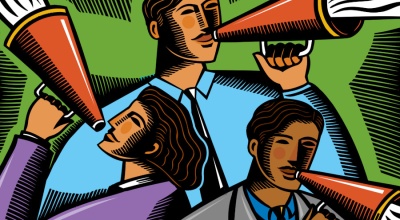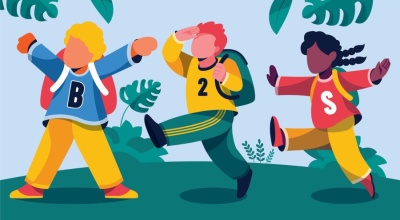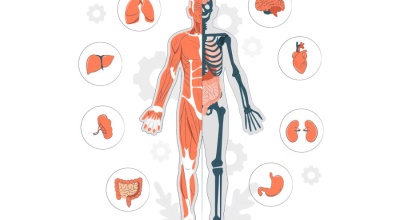Bessie Coleman was the first woman of African American descent, and the first of Native American descent, to hold a pilot license. She earned her pilot license from the Fédération Aéronautique Internationale on June 15, 1921 in France, and was the first black person to earn an international pilot's license.
Committed to promoting aviation and combating racism, Coleman spoke to audiences across the country about the pursuit of aviation and goals for African Americans. She absolutely refused to participate in aviation events that prohibited the attendance of African Americans.
| Born | January 26, 1892 Atlanta, Texas, U.S. |
|---|---|
| Died | April 30, 1926 (age 34) Jacksonville, Florida, U.S. |
| Burial place | Lincoln Cemetery, Cook County, Illinois |
| Nationality | American |
| Other names | Queen Bess Brave Bessie |
| Occupation | Pilot |
| Known for | Aviator |
| Spouse(s) | Claude Glenn (1917) separated soon after |
Born to a family of sharecroppers in Texas, Coleman went into the cotton fields at a young age while also studying in a small segregated school and went on to attend one term of college at Langston University. She developed an early interest in flying, but African Americans, Native Americans, and women had no flight training opportunities in the United States, so she saved up money and obtained sponsorships to go to France for flight school. She then became a high profile pilot in early but also dangerous air shows in the United States. She was popularly known as Queen Bess and Brave Bessie, and she hoped to start a school for African American fliers. Coleman died in a plane crash in 1926 while testing a new aircraft. Her pioneering role was an inspiration to early pilots and to the African American and Native American communities.
"Queen Bess," as she was known, was a highly popular draw for the next five years. Invited to important events and often interviewed by newspapers, she was admired by both blacks and whites. She primarily flew Curtiss JN-4 "Jenny" biplanes and other aircraft which had been army surplus aircraft left over from the war. She made her first appearance in an American airshow on September 3, 1922, at an event honoring veterans of the all-black 369th Infantry Regiment of World War I. Held at Curtiss Field on Long Island near New York City and sponsored by her friend Abbott and the Chicago Defender newspaper, the show billed Coleman as "the world's greatest woman flier" and featured aerial displays by eight other American ace pilots, and a jump by black parachutist Hubert Julian. Six weeks later she returned to Chicago to deliver a stunning demonstration of daredevil maneuvers—including figure eights, loops, and near-ground dips to a large and enthusiastic crowd at the Checkerboard Airdrome (now the grounds of Hines Veterans Administration Medical Center, Hines, Illinois, Loyola Hospital, Maywood, and nearby Cook County Forest Preserve).
But the thrill of stunt flying and the admiration of cheering crowds were only part of Coleman's dream. Coleman never lost sight of her childhood vow to one day "amount to something." As a professional aviatrix, Coleman would often be criticized by the press for her opportunistic nature and the flamboyant style she brought to her exhibition flying. However, she also quickly gained a reputation as a skilled and daring pilot who would stop at nothing to complete a difficult stunt. In Los Angeles she broke a leg and three ribs when her plane stalled and crashed on February 22, 1923.
Read More: Queen Bess, Daredevil Aviator, An American Legacy














